Given the inclination of backyard chicken keepers to add chickens to their existing flocks, also known as “chicken math,” it is extremely important that proper quarantine procedures are followed when bringing new flock members home. Failure to quarantine new flock members can- and often does- result in the death of an entire flock.
To illustrate the importance of quarantine, a long-time Facebook follower, Melissa Stalpers, has graciously offered to share her story. This timeline documents the events leading up to the loss of her entire flock recently:
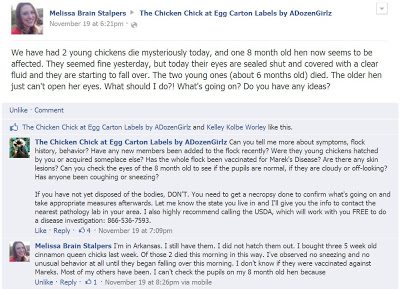
November 9: Melissa bought 3, six month old, healthy-looking, Cinnamon Queen chickens from a breeder through Craigslist. Unknowingly, she did not properly quarantine the new chickens from her existing flock of 42 chickens. (they were in a crate near her flock)
November 19: the new birds develop bubbly, clear fluid in their eyes and nostrils, breathing sounds rattly and they begin falling over. Within hours, 2 of the 3 new birds died. Melissa wrote to me on Facebook & I recommended that she obtain a necropsy of the deceased birds.
**Any time a sick chicken dies suspiciously, a necropsy of the deceased bird(s) should be performed. Information about obtaining a necropsy can be found HERE.
November 20th: third new bird died. First existing flock member developed the same symptoms the new birds exhibited.
November 30th: Five existing flock members have died. Bird sent to have necropsy performed.
December 6th: Veterinarian confirms mycoplasma gallisepticum (aka: MG, chronic respiratory disease, CRD). This highly contagious, respiratory disease was likely latent in the Cinnamon Queens and the stress of moving caused the disease to become active and spread. Remaining flock members were treated with Baytril, Cipro and eye drops to mitigate the symptoms, but would always remain carriers of MG.
By December 11: the entire flock of 42 birds had died and the family was distraught.
Again, many thanks to Melissa for sharing her story so that we can benefit from her experience.
WHAT IS QUARANTINE?
To quarantine means to completely isolate newly acquired birds from an existing flock for a significant period of time, during which they are observed for diseases and parasites.
WHY QUARANTINE?
A chicken can appear perfectly healthy while harboring problems (diseases and parasites) that may not be obvious initially. Quarantining provides an opportunity to watch for health dangers without risking the health of an existing flock. Moving chickens from one home to another is a major stressor, which can cause latent diseases to become active posing a health threat to other birds.
HOW TO QUARANTINE
Birds from different backyards, farms or facilities should be quarantined as long as possible in separate housing, away from the main flock; the bare minimum recommendation is two weeks, but 30-60 days is preferred. During the quarantine period, testing can be performed if desired (eg: fecal float testing for worms, bloodwork for other communicable diseases) and a lice or mite infestation can be identified and treated. Once the quarantine period is over and all the new birds still appear healthy, they can be integrated gradually into the existing flock.
QUALITY QUARANTINE = D.I.T.O.: Distance, Isolation, Time, Observation
Distance
Keep new birds at least 12 yards away from existing flock. Some diseases, such as mycoplasma gallisepticum, can travel in the air.
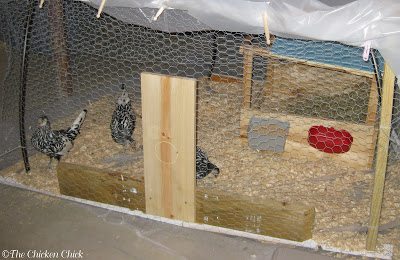
Isolation
Keep new birds confined and isolated in a dedicated pen or other suitable area. Don’t share equipment, clothes, shoes, feeders, waterers between the new birds & existing flock. For example: do not wear the same boots to feed the new birds and then walk to the existing flock in the same boots as many pathogens can be carried on clothes, equipment and shoes.
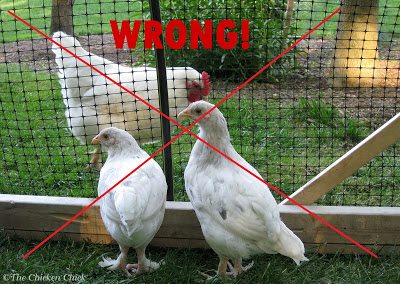
Time
The longer a bird is in quarantine, the greater the opportunity for diseases to manifest themselves and be detected. Three weeks is the bare minimum recommendation, but longer is better.
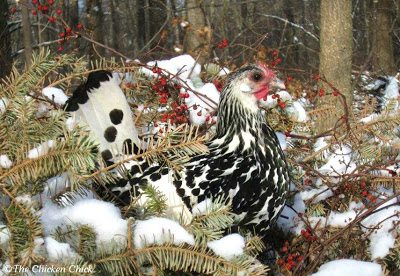
Observation
Observe new birds for signs of illness including: coughing, sneezing, gurgling, red, swollen or watery eyes, eye or nasal discharge, paralysis of legs and/or wings, discolored combs, wattles, drowsiness, depression, uncoordinated movements, lack of appetite, failure to drink and/or unusual droppings (bloody, worms, diarrhea). Never add birds with signs of disease to the flock.
After the quarantine period has expired and everyone checks out okay, the process of integration into the existing flock can begin. Learn how to go about introducing the newbies without bloodshed while minimizing stress in this article.
Kathy Shea Mormino
Affectionately known internationally as The Chicken Chick®, Kathy Shea Mormino shares a fun-loving, informative style to raising backyard chickens. …Read on


shop my SPONSORS
Given the inclination of backyard chicken keepers to add chickens to their existing flocks, also known as “chicken math,” it is extremely important that proper quarantine procedures are followed when bringing new flock members home. Failure to quarantine new flock members can- and often does- result in the death of an entire flock.
To illustrate the importance of quarantine, a long-time Facebook follower, Melissa Stalpers, has graciously offered to share her story. This timeline documents the events leading up to the loss of her entire flock recently:

November 9: Melissa bought 3, six month old, healthy-looking, Cinnamon Queen chickens from a breeder through Craigslist. Unknowingly, she did not properly quarantine the new chickens from her existing flock of 42 chickens. (they were in a crate near her flock)
November 19: the new birds develop bubbly, clear fluid in their eyes and nostrils, breathing sounds rattly and they begin falling over. Within hours, 2 of the 3 new birds died. Melissa wrote to me on Facebook & I recommended that she obtain a necropsy of the deceased birds.
**Any time a sick chicken dies suspiciously, a necropsy of the deceased bird(s) should be performed. Information about obtaining a necropsy can be found HERE.
November 20th: third new bird died. First existing flock member developed the same symptoms the new birds exhibited.
November 30th: Five existing flock members have died. Bird sent to have necropsy performed.
December 6th: Veterinarian confirms mycoplasma gallisepticum (aka: MG, chronic respiratory disease, CRD). This highly contagious, respiratory disease was likely latent in the Cinnamon Queens and the stress of moving caused the disease to become active and spread. Remaining flock members were treated with Baytril, Cipro and eye drops to mitigate the symptoms, but would always remain carriers of MG.
By December 11: the entire flock of 42 birds had died and the family was distraught.
Again, many thanks to Melissa for sharing her story so that we can benefit from her experience.
WHAT IS QUARANTINE?
To quarantine means to completely isolate newly acquired birds from an existing flock for a significant period of time, during which they are observed for diseases and parasites.
WHY QUARANTINE?
A chicken can appear perfectly healthy while harboring problems (diseases and parasites) that may not be obvious initially. Quarantining provides an opportunity to watch for health dangers without risking the health of an existing flock. Moving chickens from one home to another is a major stressor, which can cause latent diseases to become active posing a health threat to other birds.
HOW TO QUARANTINE
Birds from different backyards, farms or facilities should be quarantined as long as possible in separate housing, away from the main flock; the bare minimum recommendation is two weeks, but 30-60 days is preferred. During the quarantine period, testing can be performed if desired (eg: fecal float testing for worms, bloodwork for other communicable diseases) and a lice or mite infestation can be identified and treated. Once the quarantine period is over and all the new birds still appear healthy, they can be integrated gradually into the existing flock.
QUALITY QUARANTINE = D.I.T.O.: Distance, Isolation, Time, Observation
Distance
Keep new birds at least 12 yards away from existing flock. Some diseases, such as mycoplasma gallisepticum, can travel in the air.

Isolation
Keep new birds confined and isolated in a dedicated pen or other suitable area. Don’t share equipment, clothes, shoes, feeders, waterers between the new birds & existing flock. For example: do not wear the same boots to feed the new birds and then walk to the existing flock in the same boots as many pathogens can be carried on clothes, equipment and shoes.

Time
The longer a bird is in quarantine, the greater the opportunity for diseases to manifest themselves and be detected. Three weeks is the bare minimum recommendation, but longer is better.

Observation
Observe new birds for signs of illness including: coughing, sneezing, gurgling, red, swollen or watery eyes, eye or nasal discharge, paralysis of legs and/or wings, discolored combs, wattles, drowsiness, depression, uncoordinated movements, lack of appetite, failure to drink and/or unusual droppings (bloody, worms, diarrhea). Never add birds with signs of disease to the flock.
After the quarantine period has expired and everyone checks out okay, the process of integration into the existing flock can begin. Learn how to go about introducing the newbies without bloodshed while minimizing stress in this article.




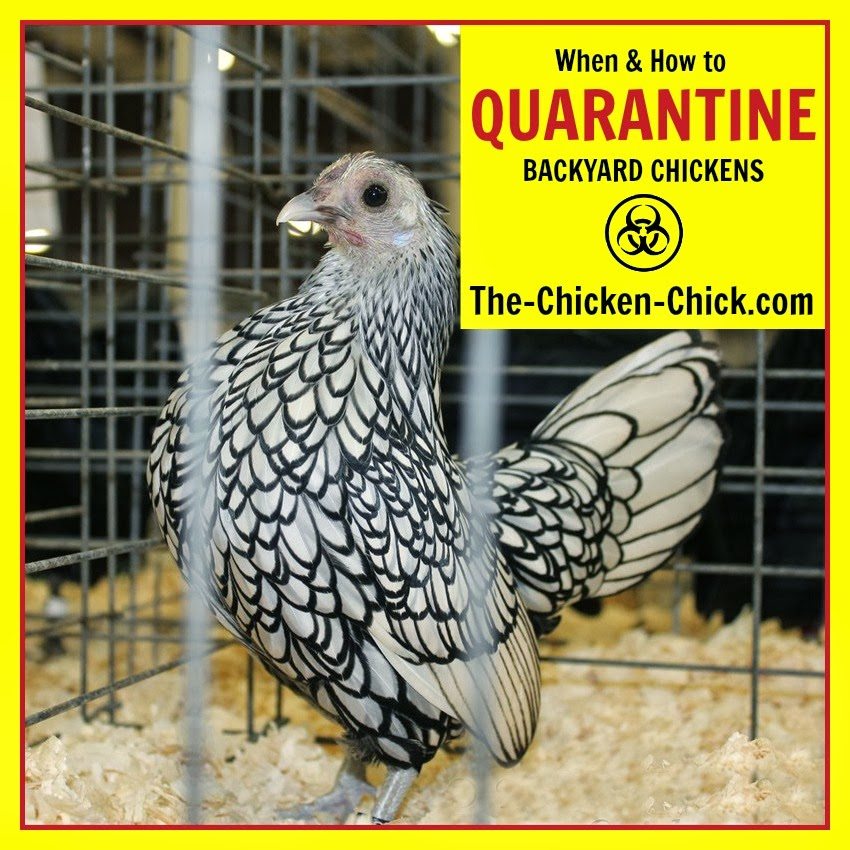
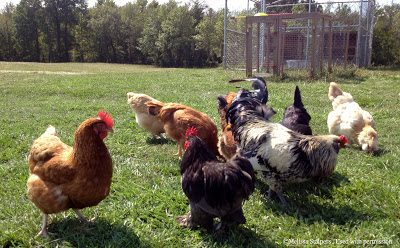
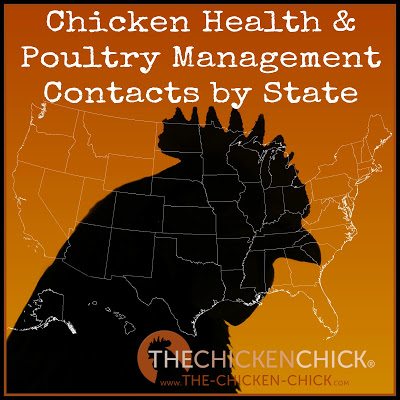
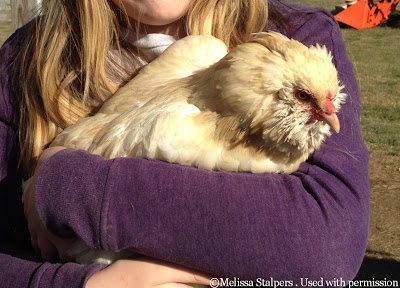
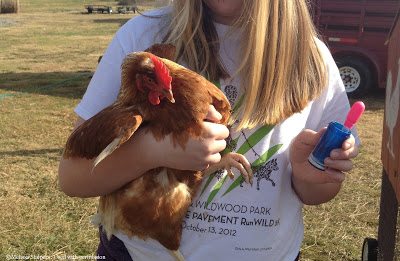
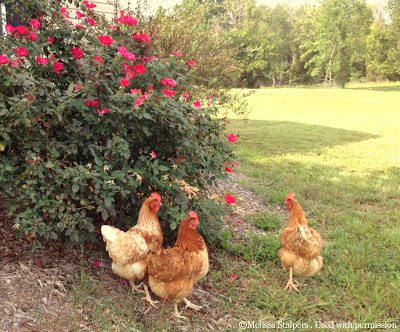
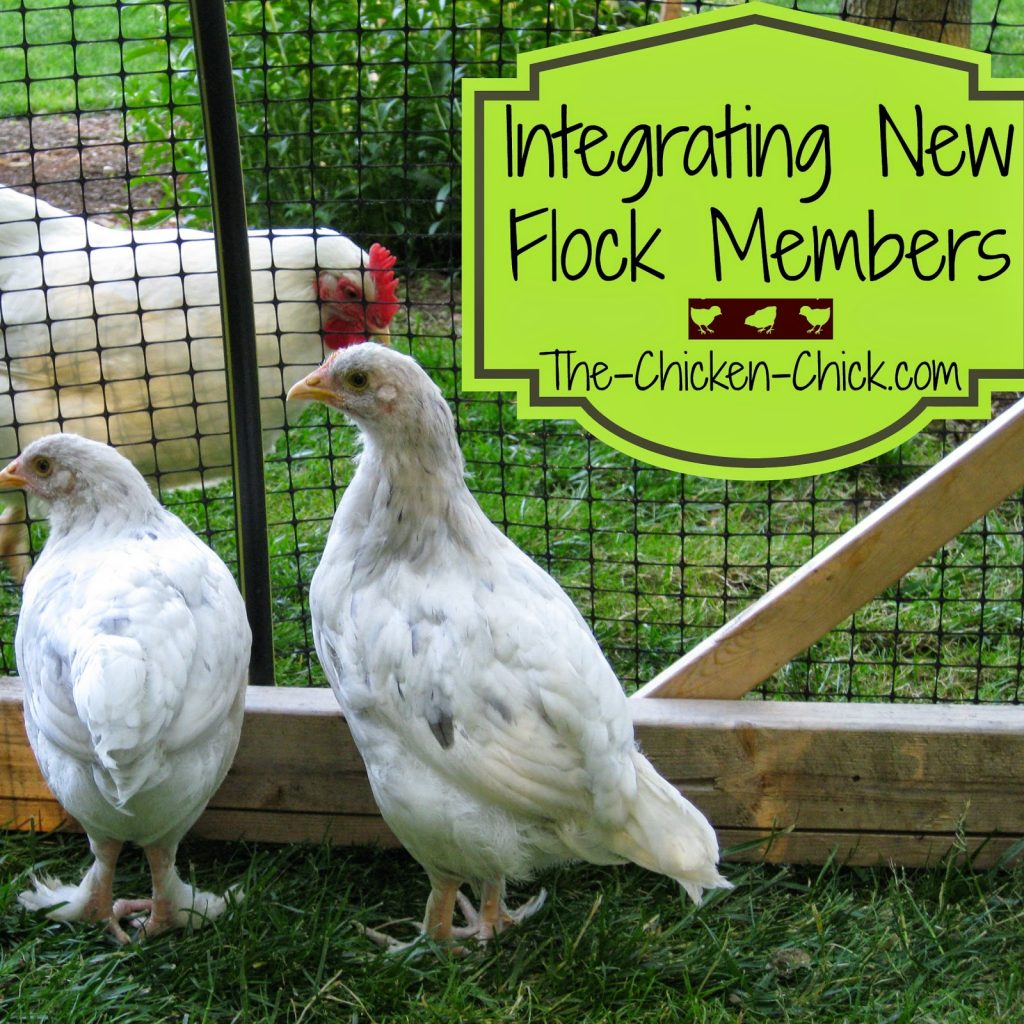

















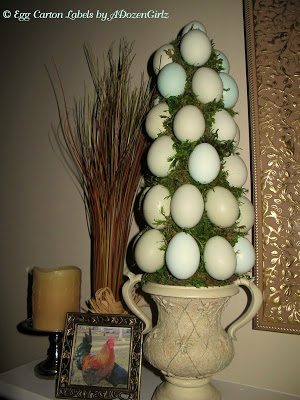

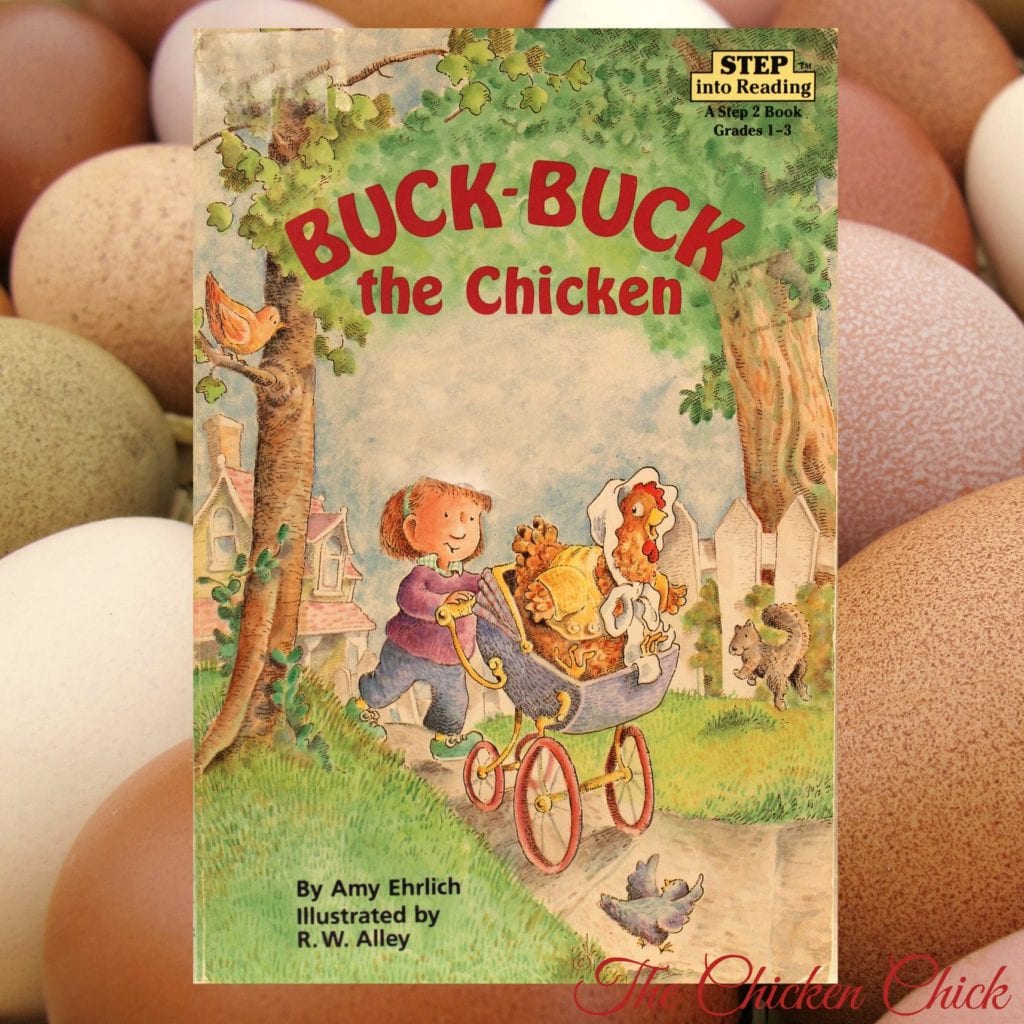















Great post! I have a question, I hope you can answer. I currently have a small flock of young pullets (~3 months old), all vaccinated and from 2 different hatcheries/breeders. I plan to bring a couple more pullets (3-4 weeks old) from one of the two breeders. He raises them away from his main flock and they are all vaccinated. Due to size difference the new arrivals will be separated from my flack for at least a few weeks but at this moment I do not have anough space available to keep them far apart (only by 2 doors and… Read more »
My colleagues were searching for IRS 1040-X last month and found a company that hosts lots of fillable forms . If you need IRS 1040-X too , here’s
https://goo.gl/rtEFZJ.I took the 2 pullets back to the friend..2 of her adults got sick..and next day 2 of my adults were coughing/sneezing..they are still on lock down in the barn..away from the juveniles..so far none of the juvenile pens have shown any sign of coming down with anything..think I miraculously dodged the bullet on that one..I’m giving the adults antibiotics and they are getting better..then they are moving to a new home (my parents place) where they won’t be free range anymore..my parents don’t have any chickens..so they will have a nice place to live and not get any other… Read more »
I wouldn’t risk it, Amanda.
Ok..a friend of mine purchased several pullets from another person..had them for 2 to 3 days..and I picked up 2 from her..I of course didn’t realize that I should have quarantined the 2 new arrivals..the next day I notice one is making a gurgling noise..2 days later the 2nd pullet is making the gurgling noise..I start both pullets 4 days ago on Tylan50..believe that is what it is called..the pullet that got sick last is much better..no noise..the wyandotte pullet..still has slight gurgling noise..but now seems to have sneezing/coughing…I have pulled the 2 pullets out of the hen house..and quarantined… Read more »